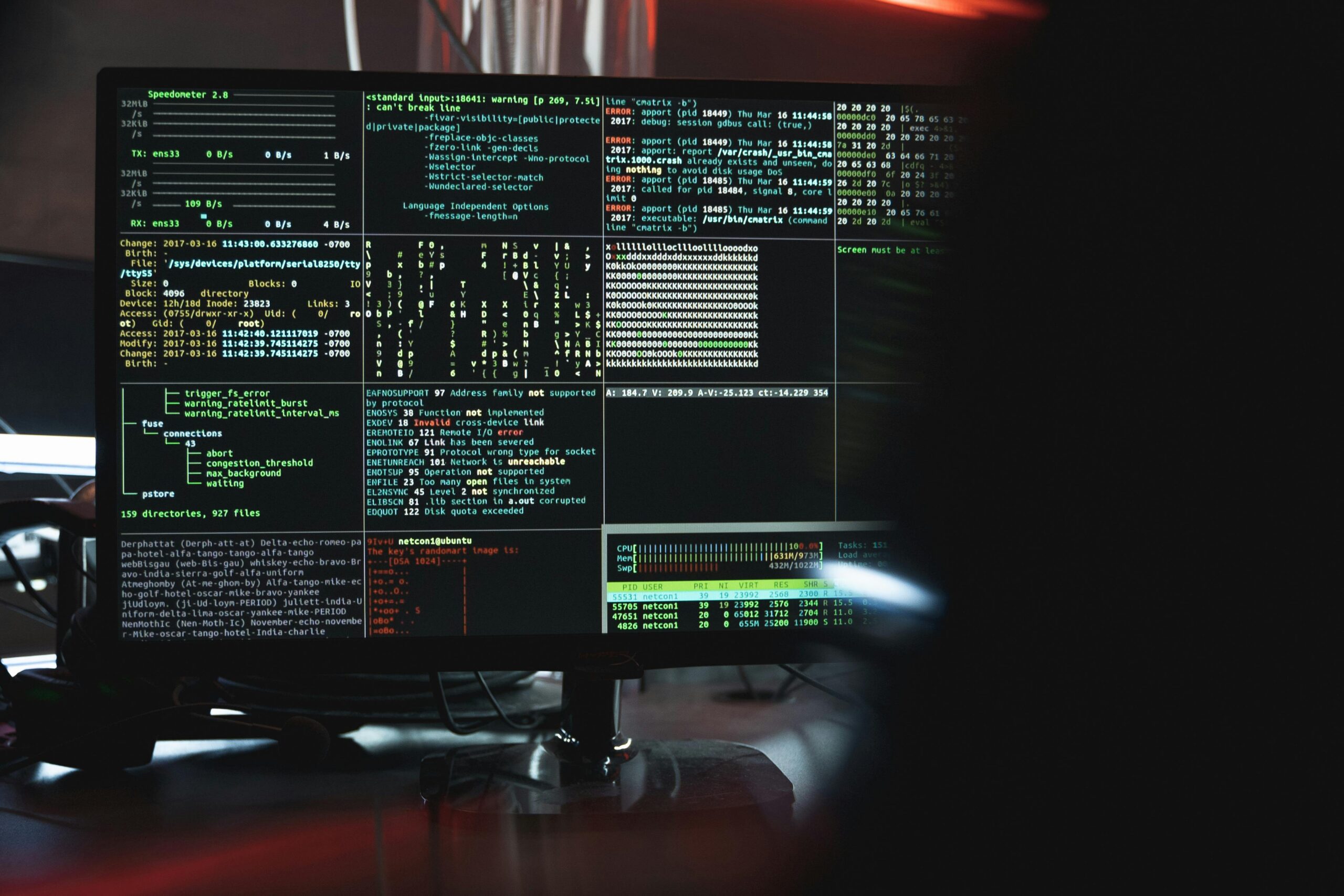As technology evolves, so do the methods used by cybercriminals to exploit vulnerabilities. In 2025, cybersecurity threats are becoming more sophisticated, targeting individuals, businesses, and even governments. Staying ahead of these threats requires awareness, proactive measures, and the use of advanced security tools.
This blog highlights the top 10 cybersecurity threats to watch out for in 2025, helping you safeguard your digital assets.
1. Ransomware Attacks
Ransomware continues to dominate the cybersecurity landscape. These attacks encrypt a victim’s data and demand payment in exchange for decryption keys. In 2025, ransomware threats are expected to evolve, targeting critical infrastructure like healthcare systems and financial institutions.
- How to Protect Yourself: Regularly back up your data, implement robust endpoint security, and use multi-layered defenses like firewalls and intrusion detection systems.
2. Phishing Scams
Phishing remains a prevalent method for hackers to steal sensitive information. In 2025, phishing campaigns are more targeted, often mimicking trusted sources like banks or tech companies.
- How to Spot Phishing Attempts: Look out for suspicious email addresses, grammar mistakes, and unsolicited links. Enable email filters to block known phishing attempts.
3. AI-Powered Cyber Attacks
As artificial intelligence advances, hackers are leveraging AI to automate attacks. AI can be used to create convincing phishing emails, bypass security systems, and even launch DDoS attacks.
- How to Mitigate AI Threats: Invest in AI-driven cybersecurity tools that can detect and respond to sophisticated attacks in real time.
4. IoT Vulnerabilities
The Internet of Things (IoT) connects devices like smart home systems, wearables, and industrial equipment to the internet. Unfortunately, many IoT devices lack robust security measures, making them prime targets for hackers.
- How to Secure IoT Devices: Use strong passwords, update device firmware regularly, and segment IoT devices from your main network.
5. Supply Chain Attacks
Supply chain attacks target vendors or third-party service providers to compromise a larger network. In 2025, these attacks are becoming more frequent and devastating.
- How to Protect Against Supply Chain Attacks: Conduct thorough security assessments of your vendors, monitor software dependencies, and implement zero-trust policies.
6. Cloud Security Breaches
As more organizations migrate to cloud platforms, cybercriminals are focusing on exploiting misconfigured cloud environments and insecure APIs.
Best Practices for Cloud Security: Enable encryption for all data, enforce access controls, and regularly audit your cloud environment for vulnerabilities.


7. Cryptojacking
Cryptojacking is the unauthorized use of a victim’s computing resources to mine cryptocurrencies. In 2025, this threat is spreading to IoT devices and cloud environments.
- How to Detect and Prevent Cryptojacking: Monitor for unusual CPU usage, use antivirus software, and disable browser-based mining scripts.
8. Social Engineering Attacks
Hackers use social engineering to manipulate victims into revealing sensitive information. These attacks often exploit human psychology rather than technical vulnerabilities.
- Common Social Engineering Tactics: Impersonating authority figures, creating urgency, or offering incentives. Train employees to recognize and report such attempts.
9. Quantum Computing Threats
Quantum computing, while revolutionary, poses a threat to traditional encryption methods. Cybercriminals may use quantum-powered attacks to crack cryptographic algorithms.
- Preparing for Quantum Risks: Transition to quantum-resistant encryption algorithms and keep an eye on advancements in quantum cryptography.
10. Insider Threats
Not all cybersecurity threats come from external sources. Insider threats involve employees, contractors, or business partners with access to sensitive data. In 2025, insider threats are harder to detect due to remote work setups.
- How to Mitigate Insider Risks: Implement strict access controls, monitor user activity, and foster a culture of security awareness among employees.
Emerging Trends in Cybersecurity for 2025
To combat these evolving threats, organizations are adopting advanced cybersecurity strategies:
- Zero Trust Architecture: Never trust, always verify. This approach minimizes the risk of insider and external threats.
- AI and Machine Learning: AI is being used to identify anomalies, detect threats, and automate responses in real time.
- Biometric Security: Biometrics like facial recognition and fingerprint scanning add an additional layer of authentication.
- Cybersecurity Awareness Training: Educating employees about phishing, social engineering, and other threats remains crucial.
Why Cybersecurity Is More Important Than Ever
With the growing reliance on digital infrastructure, cyberattacks can disrupt entire industries, compromise sensitive data, and erode trust. Staying vigilant and proactive is essential to mitigating risks in 2025.
By understanding these top 10 cybersecurity threats and taking preventive measures, you can secure your digital assets and contribute to a safer online ecosystem.
Conclusion
Cybersecurity threats in 2025 are more advanced and persistent than ever before. From ransomware attacks to quantum computing risks, individuals and organizations must adopt robust security measures to stay protected.
Investing in cybersecurity tools, staying informed about emerging threats, and fostering a culture of vigilance are crucial steps to safeguarding your digital world. By taking these actions, you can stay one step ahead of cybercriminals and protect your sensitive information effectively.

